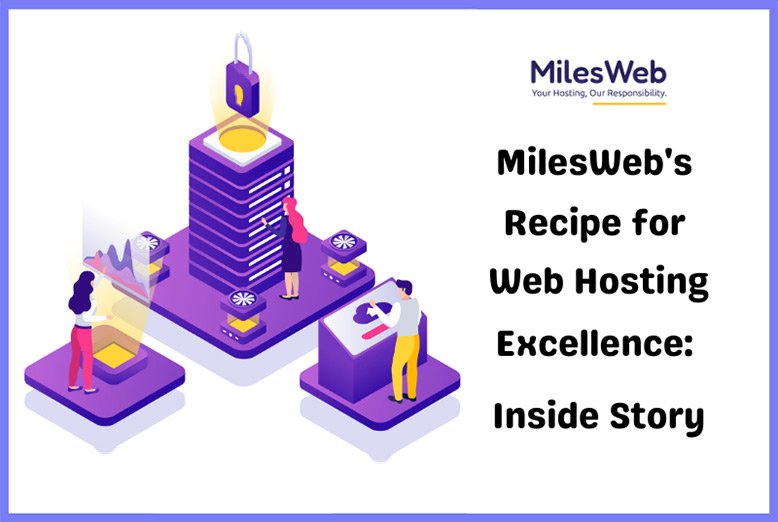It can be hard to believe that the Internet is less than fifty years old – for many, the ongoing implementation and integration of the Internet in every facet of our lives, from smart devices to cloud computing, has transformed the world from a landscape dominated by print and paper to a world that is full of digital transactions and TikTok memes.
As the Internet has continued to evolve, so have technologies that seek to harness the immense amount of content created and distributed online. Innovations in artificial intelligence and machine learning (AI & ML) have led to the development of advanced analytics platforms, which promise to provide high-quality analytics in a fraction of the time. While analysts are in high demand, innovations in technology have begun to raise questions about the future of traditional analytics.
In a world where technology is rapidly evolving, let’s explore how an online Master’s in Business Analytics can help provide the skills necessary for the analysts of tomorrow to not only survive but thrive in the evolving world of advanced analytics.
The Wide World of Data
From the paper tally of a school popularity contest to the complex structures of data lakes and warehouses that are used to store immense amounts of company data, the way data is stored can ultimately define the techniques used to interpret, analyze, and manipulate it.
Data has faced many challenges over the years. Early computers faced the challenges of being able to read data that was stored in physical mediums such as paper – often resulting in structures that were difficult to analyze without significant amounts of human labor to convert data into something usable.
As a result, technologies were developed to recognize the patterns that make up text and digitize them for workplace processes. Optical character recognition (OCR) has become a foundational element in transforming data from physical to digital – allowing for analysis of printed media in a way not seen thirty years ago.
While the world has tackled the challenges of physical data, the way the world collects and uses data has evolved. Most data is collected online these days, even surveys that were traditionally printed, such as the U.S. Census. As a result, ever-increasing amounts of data have become available to computer systems, and new problems have emerged, particularly on the ability of systems to validate the truth or accuracy of datasets.
Augmented Analytics – The Best of Both Worlds?
As data has grown in volume, analysts and computerized systems alike have faced challenges. For human analysts, data volume and velocity can often limit the capability of an inexperienced analyst, as the rate at which data is generated can simply outstrip the time it takes to process it.
Powerful analytics platforms can help harness data in a much quicker manner – for example, tools such as GitHub’s Copilot allow analysts to have their analytics capabilities augmented with suggestions and recommendations. However, it’s important to note that unmonitored platforms can hit substantial hurdles – algorithms can be victim to the biases of the data that is used to generate them.
While platforms and human analysts each have their own benefits, to be successful, organizations must recognize the benefits that both can bring to the enterprise. This emerging field of data analytics, harnessing the power of platforms with the ingenuity of human experience, is known as augmented analytics.
Platforms can benefit analysts by eliminating or streamlining some of the manual tasks they did previously. This can create operational benefits – reducing the amount of time spent on redundant tasks. Additionally, they can be used to support the democratization of data – providing insights for those who may not be able to find insights on their own.
On the other hand, analysts can leverage the incredible capabilities of analytics platforms to create complex, nuanced insights. Human analysts have the added benefit of being able to cross-check and validate the data provided and may be able to help catch some of the potential quality issues that arise before models become widely used in the enterprise.
Benefits of Augmented Analytics
There are clear benefits when considering augmented analytics. Take, for example, the rate at which data is generated daily. Excel spreadsheets were not designed for the massive data sets that modern analysts use – as contact tracers in the UK discovered when 16,000 records were lost due to a data handling error during the COVID-19 pandemic.
Analytics platforms can read huge amounts of data and use it for analysis, however – lacking context, they can sometimes jump to poor conclusions. Take, for example, employment algorithms that have used data points to discriminate based on age – a situation that is far from ideal for both potential employers and those who are applying for jobs.
Augmented analytics is not simply about eliminating errors and mistakes – after all, humans are naturally inclined to make mistakes from time to time. As a solution, augmented analytics is designed to take the nuances of both human and machine, and attempt to mitigate the risks of errors through the use of cross-checking and validation.
A human operator can recognize if there are discrepancies or inconsistencies in data and flag so that an algorithm knows which data is appropriate to use, and which is not. An algorithm may be able to identify flaws in data that a human operator is unable to recognize in a small sample – particularly helpful when datasets range in the millions and billions of rows worth of data.
The Future of Analysis
It’s evident that one day, data will become so fast that organizations will be reliant on analytics platforms to provide key insights. However, traditional data analysis still has a vital role to play in everyday enterprise analytics. It provides an invaluable safeguard against the perils of total automation – and working in tandem, traditional analysts and modern platforms can transform modern businesses as we know them.
From industries as isolated as mining, to as interspersed as logistics, data is transforming the way that businesses operate. While we may not know where that will take us in twenty years, for now, augmented solutions look like the clear winner in contemporary analytics. As for the future – it’ll be truly fascinating to see where advances in modern analytics take us in the years ahead.
Also Read: 6 Key Drivers Shaping the Future of Business Analytics




















